Turtles can make fascinating and rewarding pets, with their prehistoric appearance and gentle demeanor capturing the hearts of many animal lovers. However, when these captive reptiles are released into local ecosystems, a cascade of unintended consequences often follows. Well-intentioned turtle owners might believe they’re doing their pet a favor by “setting it free,” allowing it to live out its days in a natural setting. This compassionate impulse, unfortunately, can trigger serious ecological disruptions, pose threats to native wildlife, and even put human health at risk. The seemingly harmless act of releasing a pet turtle into a nearby pond, stream, or wooded area represents one of the most significant challenges in invasive species management today, with implications stretching far beyond that single animal’s fate.
The False Kindness of “Setting Them Free”
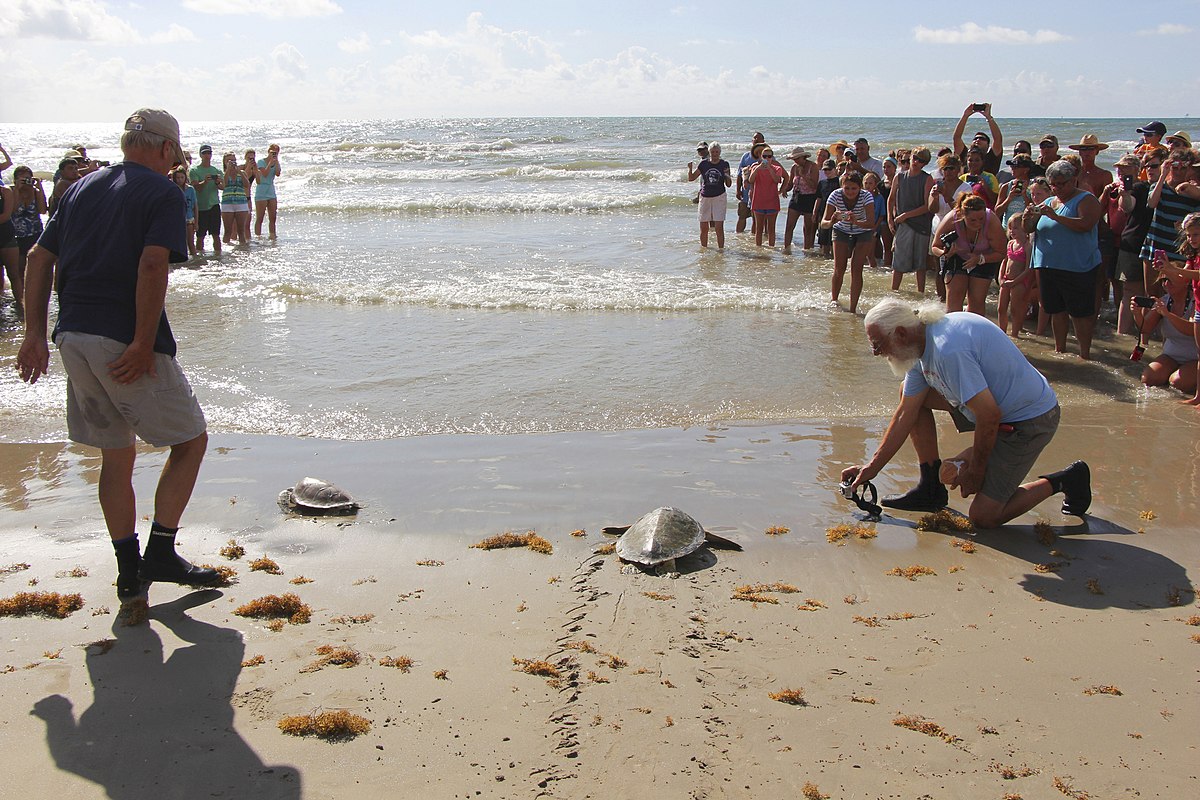
Releasing a pet turtle into the wild often stems from a place of compassion, but this act typically constitutes a death sentence for the animal. Captive-bred turtles lack the survival skills necessary to thrive in natural environments, having never learned to hunt effectively, recognize predators, or navigate seasonal changes. Many released turtles die from starvation, predation, or exposure to harsh weather conditions within days or weeks of their release. Those raised in temperature-controlled tanks may not understand how to brumate (the reptilian equivalent of hibernation) during colder months, leading to fatal consequences when winter arrives. Far from being an act of kindness, “setting free” a pet turtle typically subjects it to suffering and an premature death in an environment for which it is ill-prepared.
Ecological Disruption: When Non-Native Species Take Hold
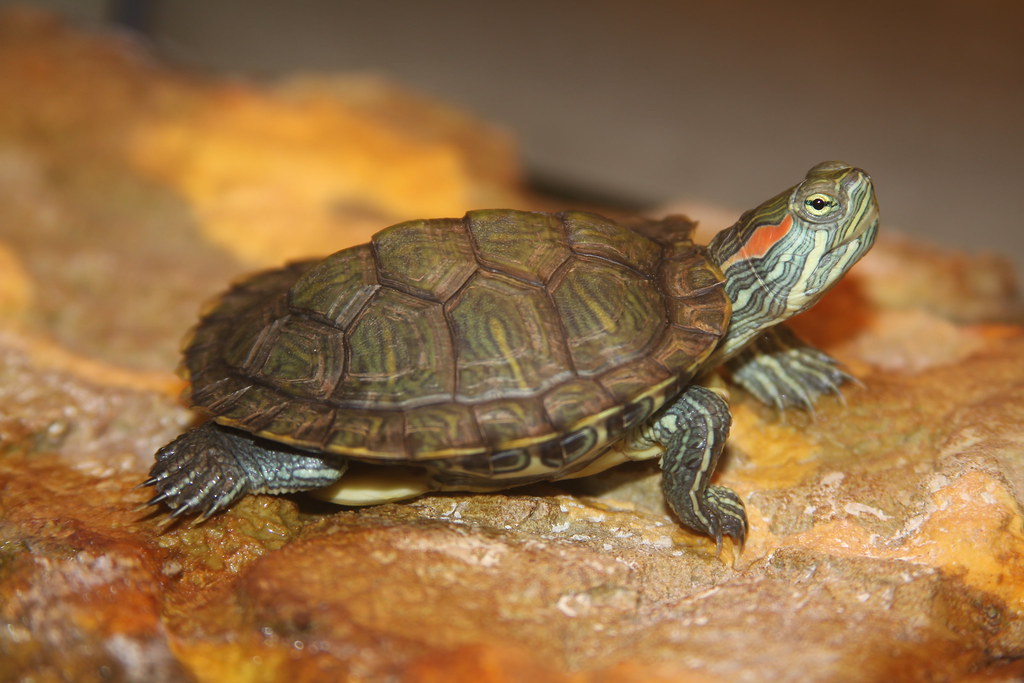
Pet turtles that do manage to survive in the wild can wreak havoc on delicate ecological balances. Species like the red-eared slider, one of the most popular pet turtles worldwide, have established invasive populations on six continents after being released by pet owners. These hardy generalists outcompete native turtle species for basking spots, nesting areas, and food resources, often leading to population declines among indigenous turtles. The ecological consequences extend beyond other turtles, as these invaders may consume native plants, invertebrates, amphibian eggs, and small fish at unsustainable rates. A single released turtle that successfully adapts can potentially produce hundreds of offspring over its lifetime, magnifying the ecological impact exponentially across generations.
Disease Transmission to Native Wildlife
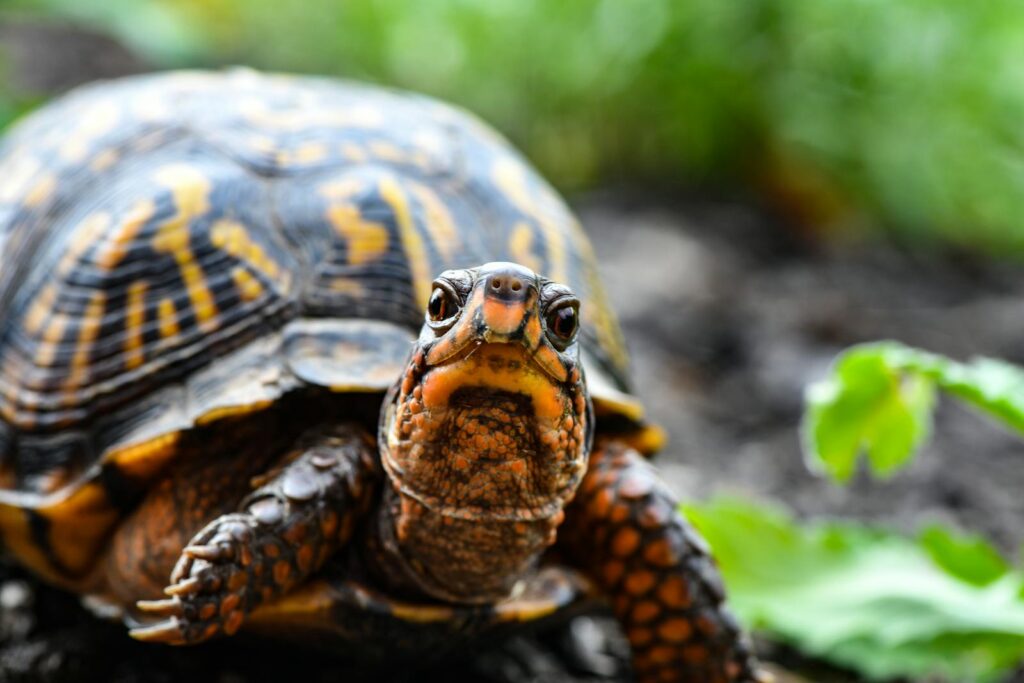
Pet turtles often carry pathogens that pose minimal threat in captivity but can devastate wild populations with no natural immunity. Ranavirus, mycoplasma, and various parasitic infections commonly found in captive turtles have been linked to mass die-offs of native turtle populations following the introduction of released pets. The chytrid fungus strain affecting turtles (Batrachochytrium testudinisrans) represents a particularly concerning pathogen that can spread rapidly through water sources, impacting multiple species beyond just turtles.
Even seemingly healthy released turtles may serve as asymptomatic carriers, silently spreading disease through ecosystems for years before the impacts become apparent. Wildlife rehabilitation centers frequently report disease outbreaks in native turtle populations that can be traced back to released pets, highlighting the invisible but devastating consequences of this practice.
The Red-Eared Slider Problem
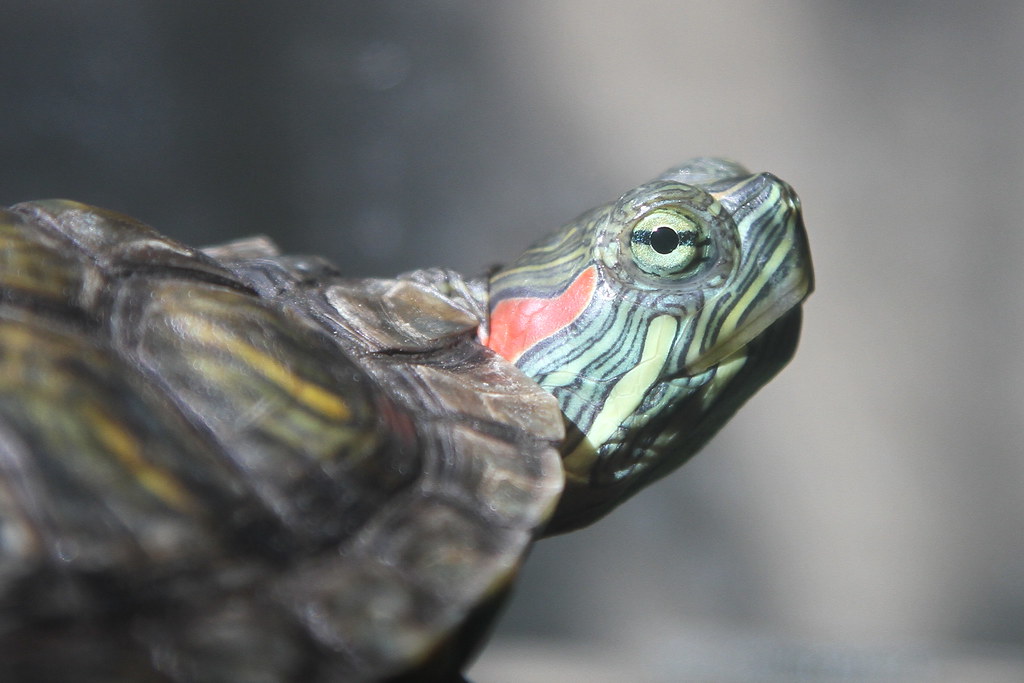
The red-eared slider (Trachemys scripta elegans) epitomizes the problems associated with released pet turtles, having earned a place on the International Union for Conservation of Nature’s list of the world’s 100 most invasive species. Native to the southern United States and northern Mexico, these adaptable turtles now thrive in waterways across Europe, Asia, Australia, Africa, and South America due to pet releases. Their reproductive advantage comes from earlier sexual maturity compared to many native turtle species, allowing them to establish populations quickly in new environments. Red-eared sliders also demonstrate remarkable tolerance for pollution and degraded habitats, giving them an edge in human-altered landscapes where native species struggle. The European Union has banned their import and breeding precisely because of the documented ecological damage they’ve caused across the continent.
Human Health Concerns
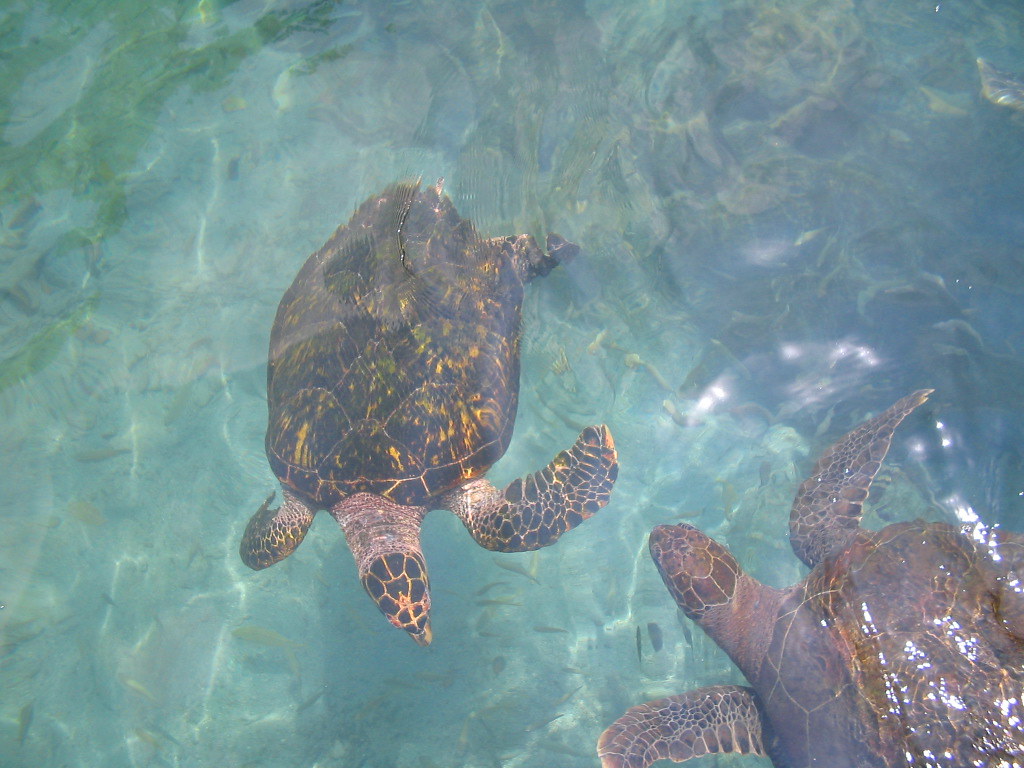
Released pet turtles pose potential public health risks through their capacity to harbor Salmonella bacteria. While the FDA has regulated the sale of small turtles since 1975 due to Salmonella concerns, many pet turtles still carry this pathogen, which can contaminate water sources used for recreation or drinking. When infected turtles are released into community ponds, lakes, or watersheds, they create environmental reservoirs for bacteria that can cause serious illness, particularly in children, elderly individuals, and those with compromised immune systems.
Beyond Salmonella, turtles may carry other zoonotic pathogens including Mycobacterium, Chlamydia, and various parasites that can affect humans who come into contact with contaminated water. Public health officials have documented multiple cases where released pet turtles were the source of bacterial contamination in community water features.
Genetic Pollution Through Hybridization
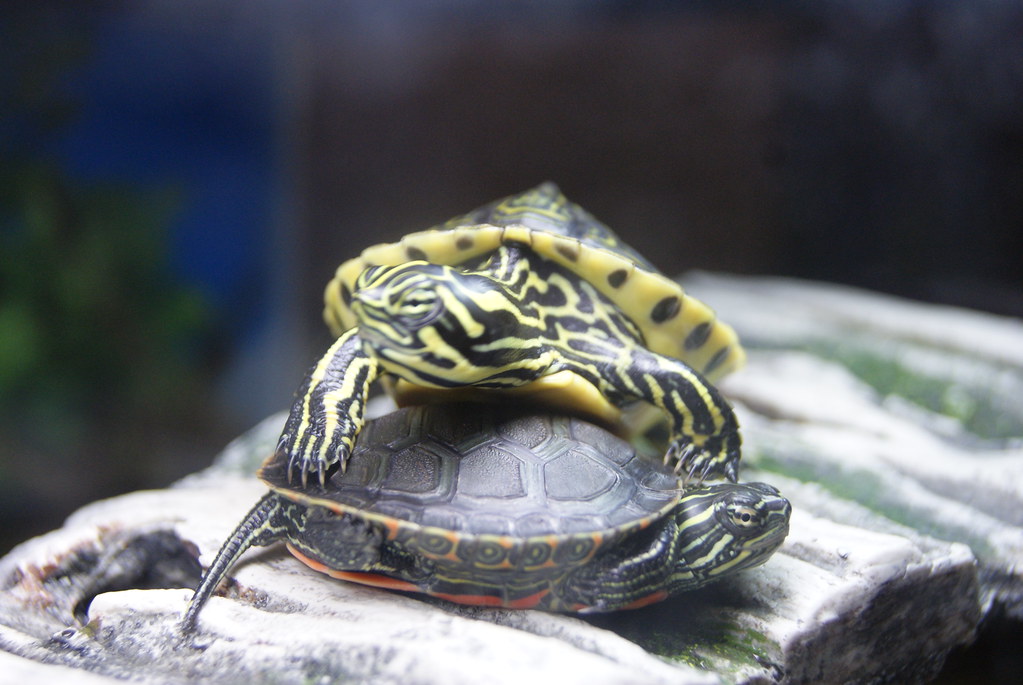
When released pet turtles belong to species closely related to native populations, hybridization becomes a significant conservation concern. Interbreeding between non-native and native turtle species can dilute the genetic integrity of wild populations that have evolved specific adaptations to local conditions over thousands of years. The Cumberland slider (Trachemys scripta troostii), for example, has hybridized with native slider subspecies in areas where pet specimens have been released, blurring the genetic distinctions between these evolutionarily distinct lineages.
For rare or endangered native turtles, this genetic pollution may represent an existential threat, potentially eliminating unique genetic adaptations crucial for species survival. Conservation geneticists consider such hybridization events particularly problematic because once genetic admixture occurs, it cannot be reversed, permanently altering the evolutionary trajectory of affected populations.
Legal Ramifications of Turtle Releases
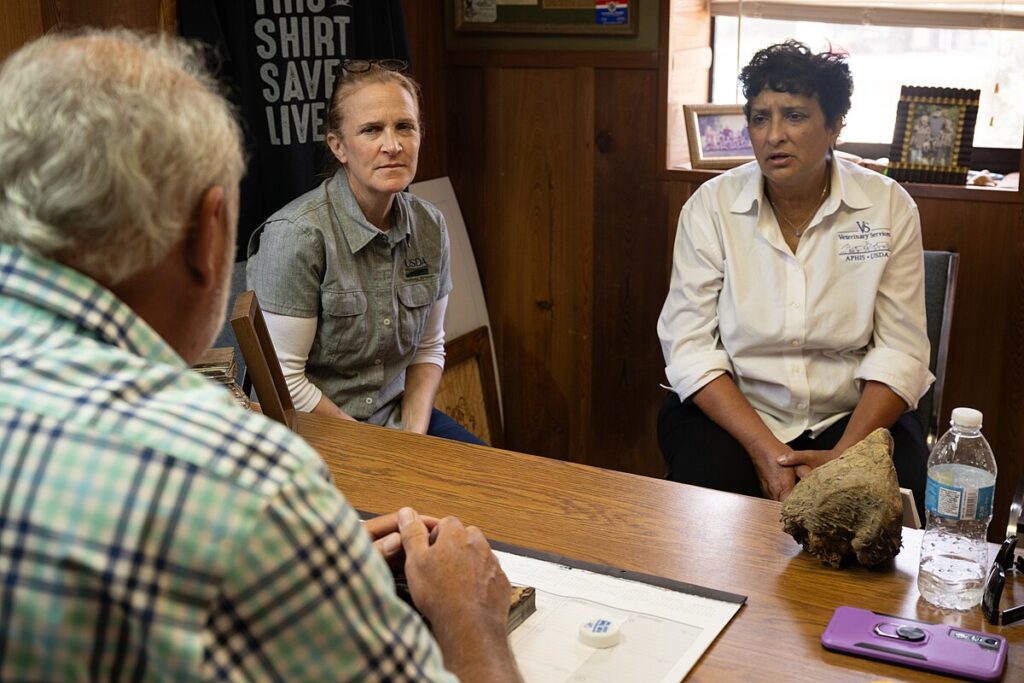
Releasing pet turtles into the wild isn’t just ecologically harmful—it’s illegal in many jurisdictions. Under laws like the Lacey Act in the United States, releasing non-native wildlife, including turtles, can result in significant fines and even criminal charges in severe cases. Many states have enacted specific regulations prohibiting the release of pet reptiles, with penalties ranging from hundreds to thousands of dollars per offense.
Conservation officers actively monitor popular “dumping” sites like public parks and nature preserves, sometimes using surveillance cameras to identify individuals abandoning unwanted pets. Beyond domestic laws, international agreements like the Convention on Biological Diversity obligate signatory nations to prevent the introduction of invasive species, giving global significance to the prohibition against releasing non-native turtles.
The Financial Burden on Conservation Resources

Managing invasive turtle populations drains limited conservation resources that could otherwise support endangered species protection. In Florida alone, wildlife agencies spend millions annually addressing invasive reptile issues, with released pet turtles representing a significant portion of this expense. Trapping programs designed to remove established invasive turtles from natural areas require specialized equipment, trained personnel, and years of sustained effort with no guarantee of complete eradication.
The economic impact extends beyond direct removal costs to include monitoring programs, public education campaigns, and habitat restoration efforts necessary to recover damaged ecosystems. Every dollar spent combating released pet turtles represents funds diverted from protecting critically endangered native species, creating an opportunity cost that conservationists find particularly frustrating given the preventable nature of the problem.
Responsible Alternatives to Release
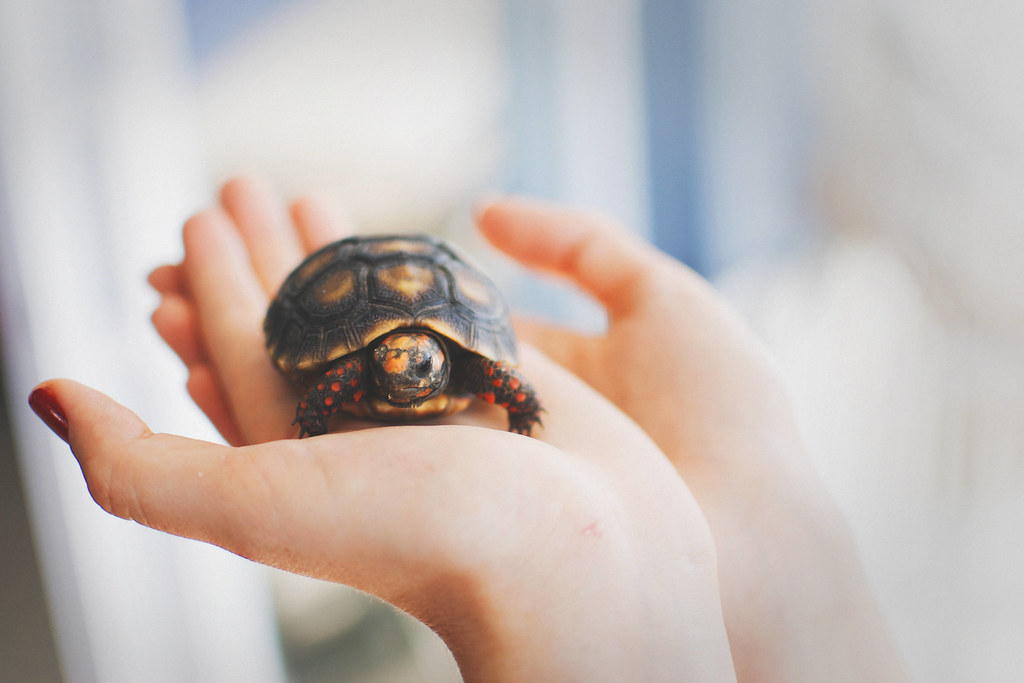
For turtle owners who can no longer care for their pets, numerous responsible alternatives exist that avoid ecological harm. Reptile rescue organizations operate in most regions, specializing in finding new homes for unwanted pet turtles while educating potential adopters about the long-term commitment these long-lived animals represent.
Herpetological societies and turtle conservation groups often maintain networks of experienced keepers willing to adopt relinquished turtles, particularly uncommon species. Some zoological institutions and nature centers accept donated pet turtles for educational programs, though these facilities typically have limited capacity and specific requirements. For owners unable to locate a suitable adoption option, veterinary euthanasia, while difficult emotionally, represents a more humane choice than release and eliminates the ecological risks associated with introduction to the wild.
The “Buy-and-Release” Religious Practice
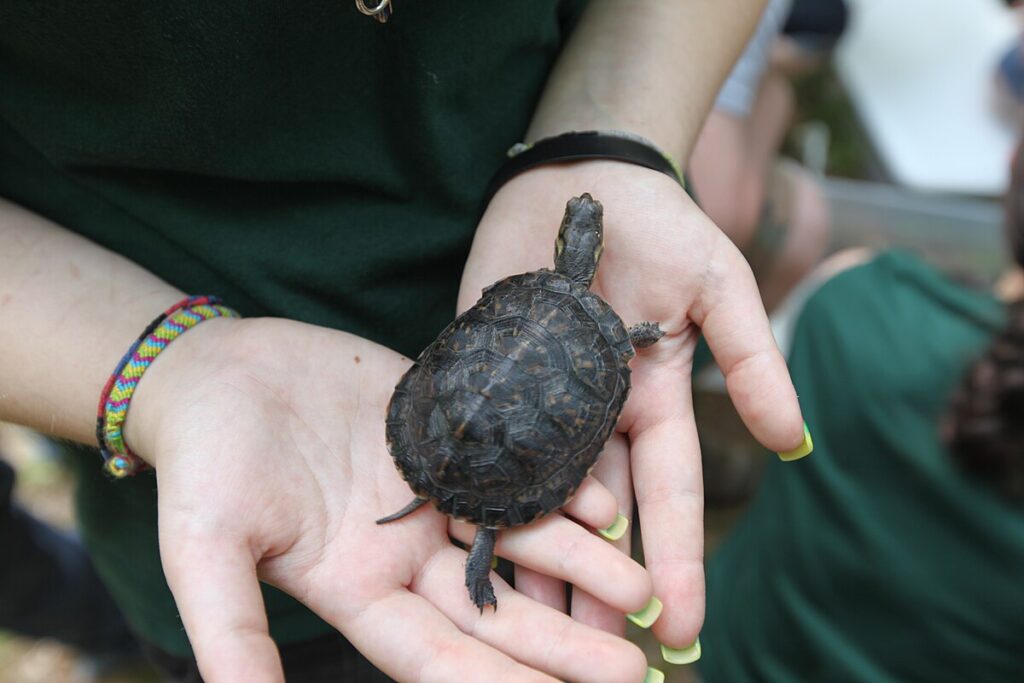
In some cultural and religious traditions, particularly within certain Buddhist communities, purchasing animals to release them constitutes a compassionate ritual known as “fangsheng” or “life release.” This practice, intended to generate spiritual merit through an act of mercy, frequently involves turtles due to their symbolic association with longevity and their availability in markets. Conservation biologists have documented concerning patterns where non-native turtle species appear in ecosystems following religious release ceremonies, particularly in parts of Asia where this tradition remains active.
Religious organizations increasingly partner with environmental educators to modify these practices, substituting habitat restoration projects or supporting wildlife rehabilitation centers rather than releasing potentially invasive species. This evolution demonstrates how cultural practices can adapt to incorporate ecological awareness while maintaining their spiritual significance.
Prevention Through Education
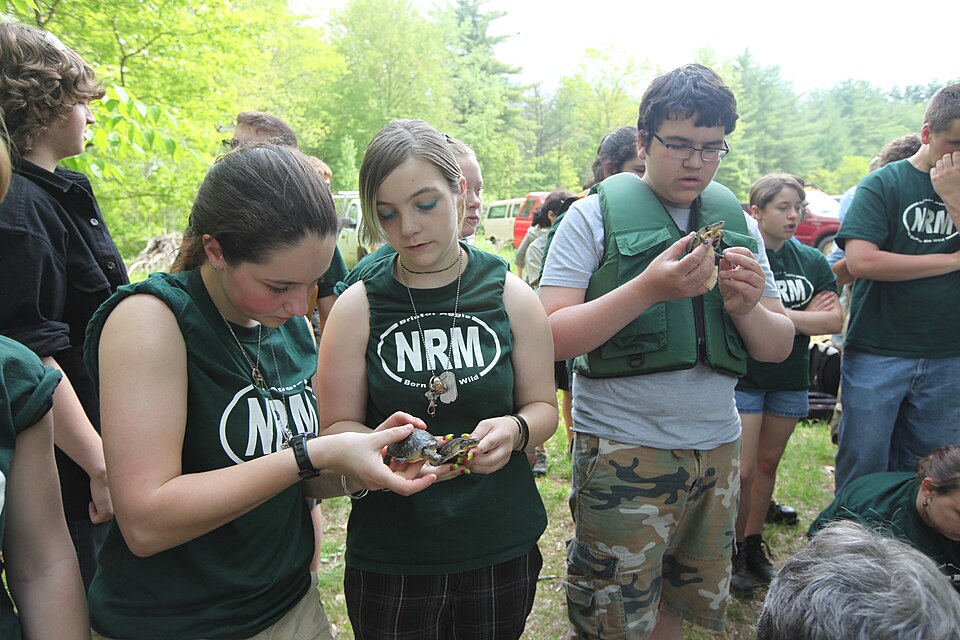
Addressing the problem of released pet turtles requires comprehensive educational initiatives targeting prospective and current turtle owners. Responsible pet stores have begun providing care sheets emphasizing the decades-long commitment that turtle ownership entails, with many species living 30-70 years in captivity. School programs incorporating ecological literacy help children understand why releasing classroom pets or unwanted animals threatens local ecosystems. Social media campaigns highlighting the “ugly side” of turtle abandonment have proven effective in changing public perception, particularly when they feature compelling visuals of ecological damage or suffering released pets. Conservation organizations increasingly focus on “pre-purchase” education, helping potential owners make informed decisions before acquiring a turtle rather than addressing abandonment after the fact.
Success Stories in Managing Released Turtles
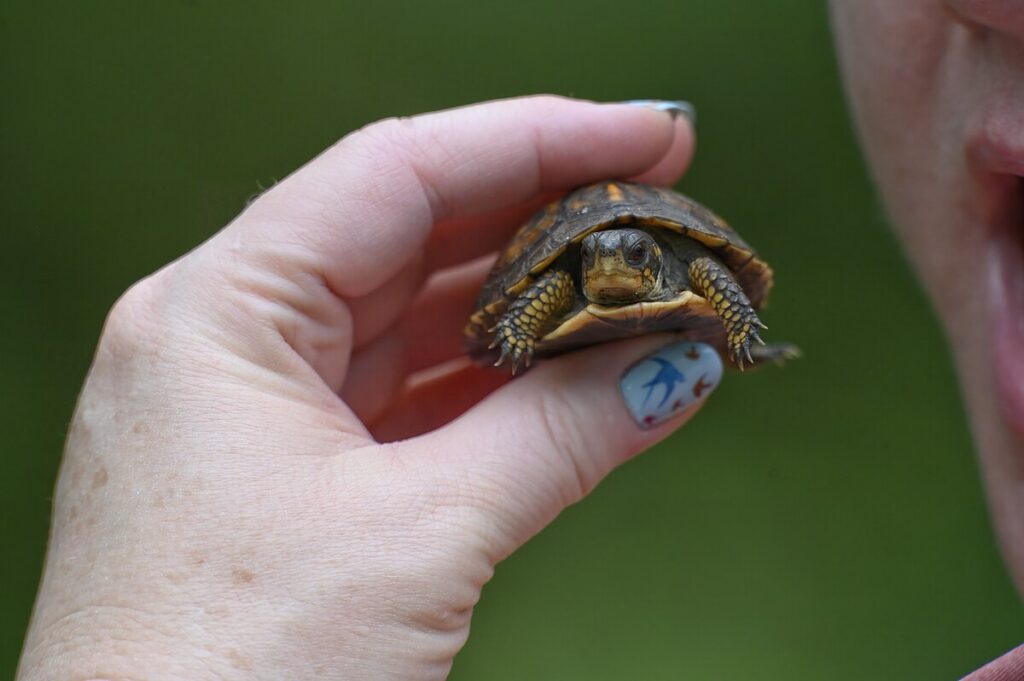
Despite the challenges, several regions have implemented successful programs to address released pet turtle populations. In Spain’s wetland preserves, targeted trapping programs have removed thousands of invasive red-eared sliders, allowing native Spanish terrapins to recover in previously colonized habitats. Singapore’s PUB (Public Utilities Board) launched an innovative adoption program for turtles removed from reservoir systems, finding homes for captured animals rather than euthanizing them.
In California, citizen science initiatives engage community volunteers in monitoring and reporting non-native turtle sightings, creating an early warning system that allows for rapid response before populations become established. These success stories demonstrate that with sustained effort, public engagement, and adequate resources, the impacts of released pet turtles can be mitigated, though prevention remains far more efficient than after-the-fact management.
The seemingly compassionate act of releasing a pet turtle into the wild represents a perfect storm of unintended consequences—threatening the released animal, native wildlife, ecosystem function, and potentially human health. As understanding of these impacts grows, so too does the responsibility of turtle owners to find humane, ecologically sound solutions when they can no longer care for their pets. Through education, enforcement of existing regulations, and development of accessible surrender options, we can protect both our natural ecosystems and the welfare of captive turtles. Remember that true compassion means making choices that consider the broader ecological community, not just the individual animal, ensuring that our actions as pet owners support rather than undermine conservation efforts.

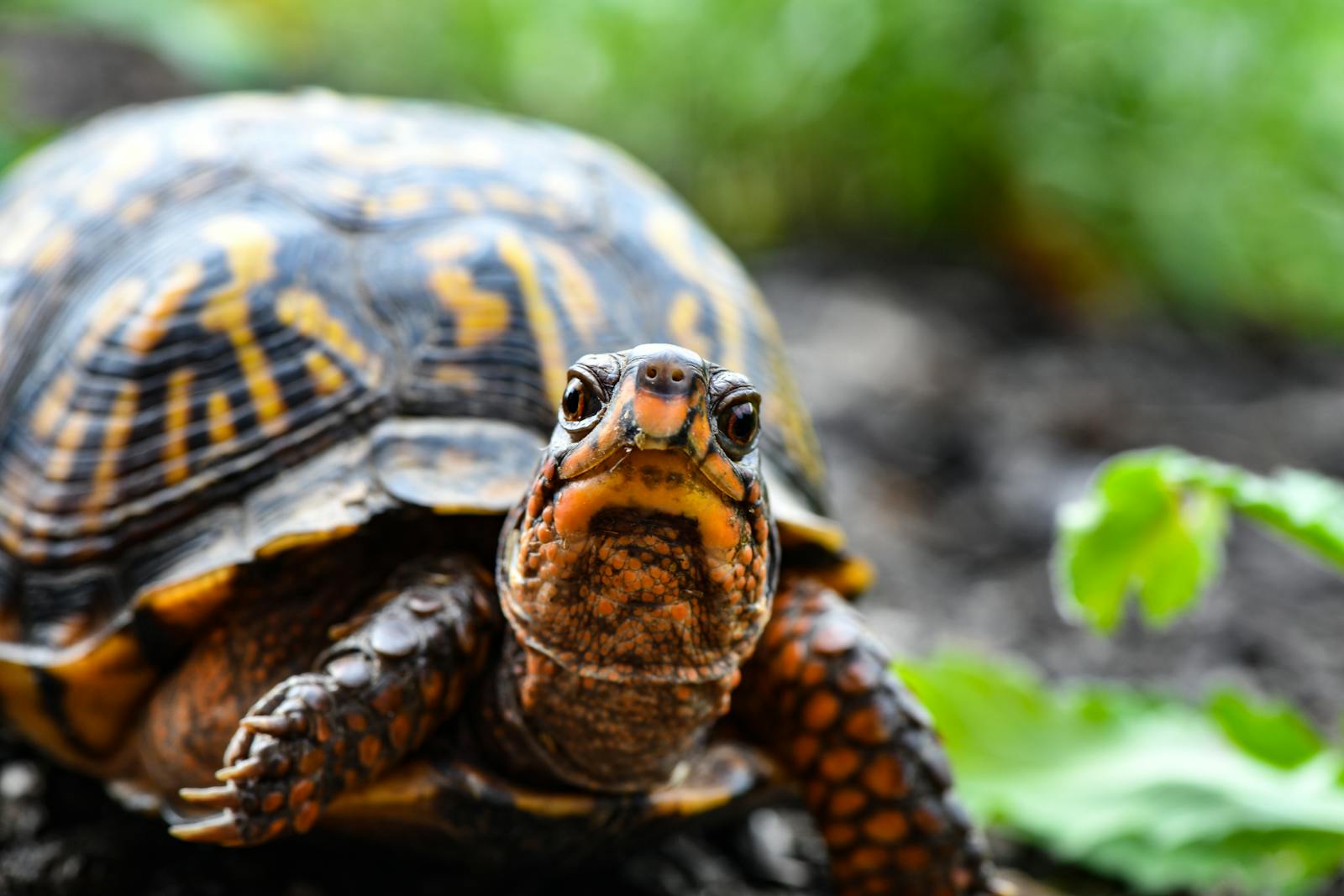
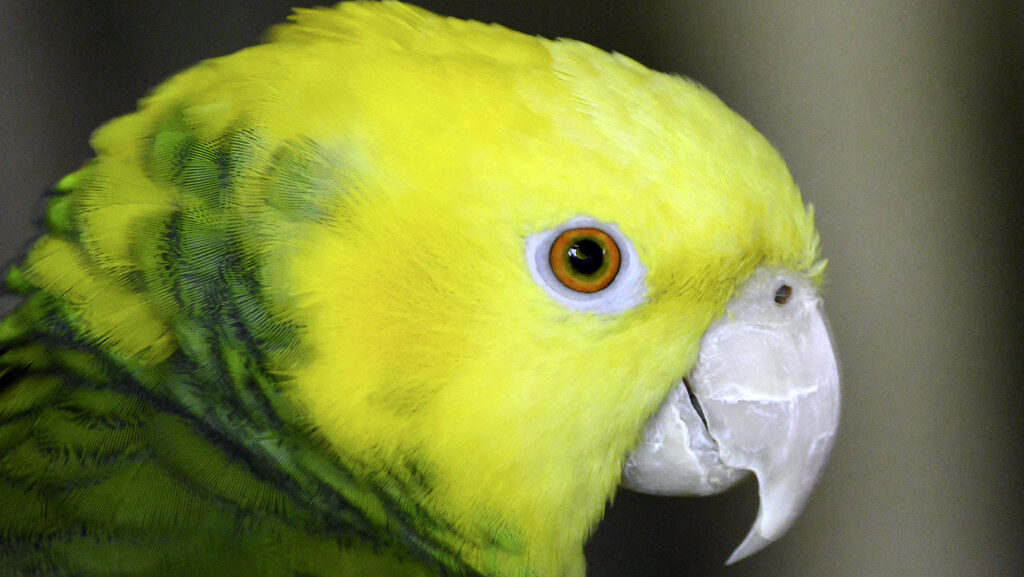
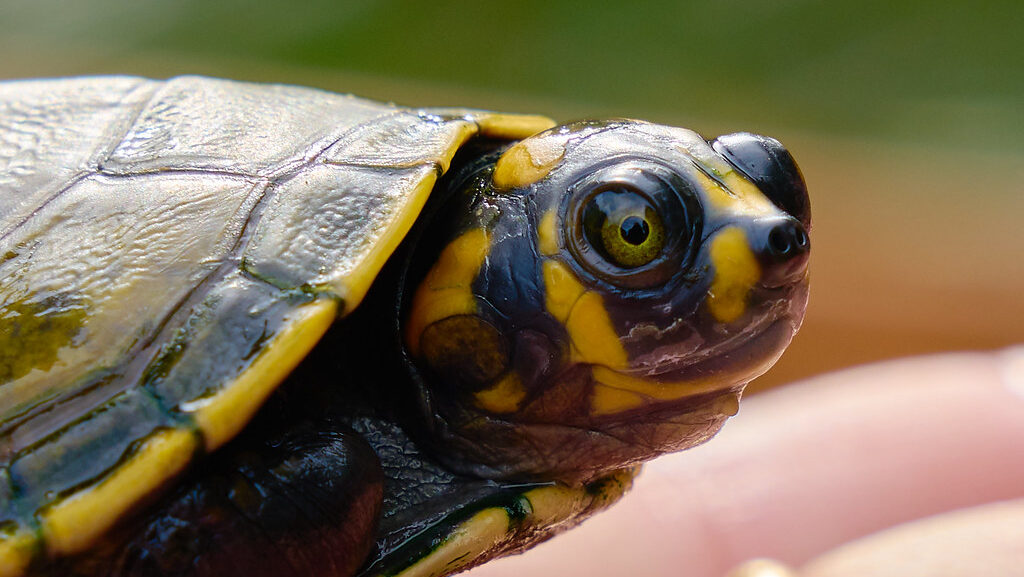
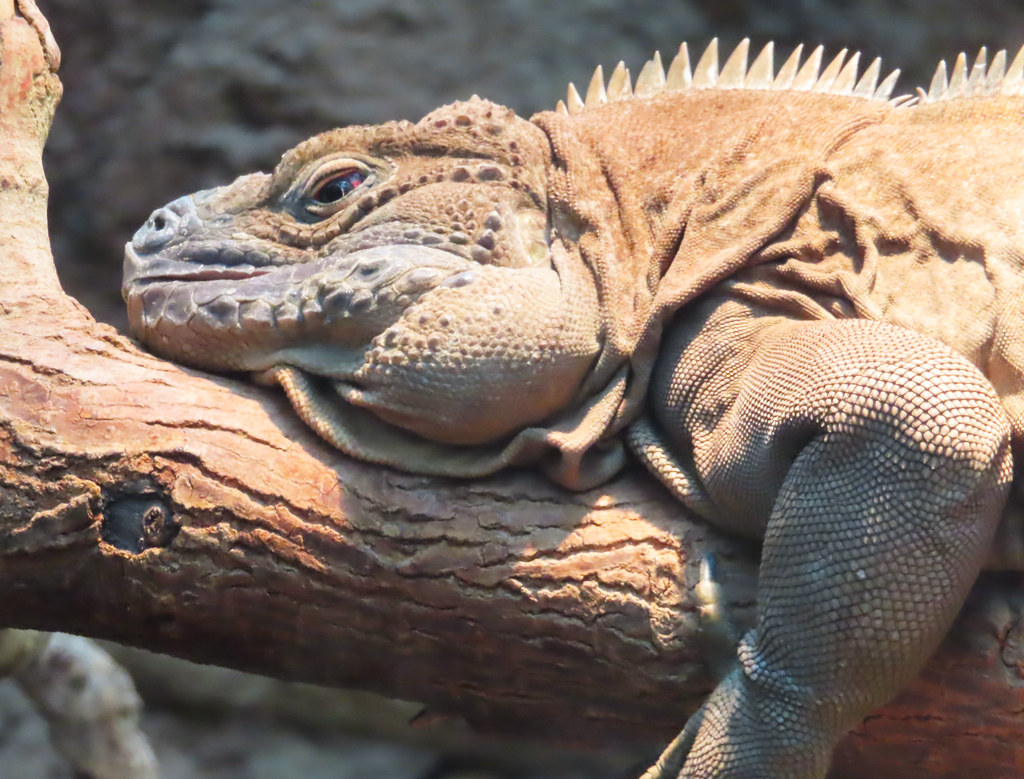
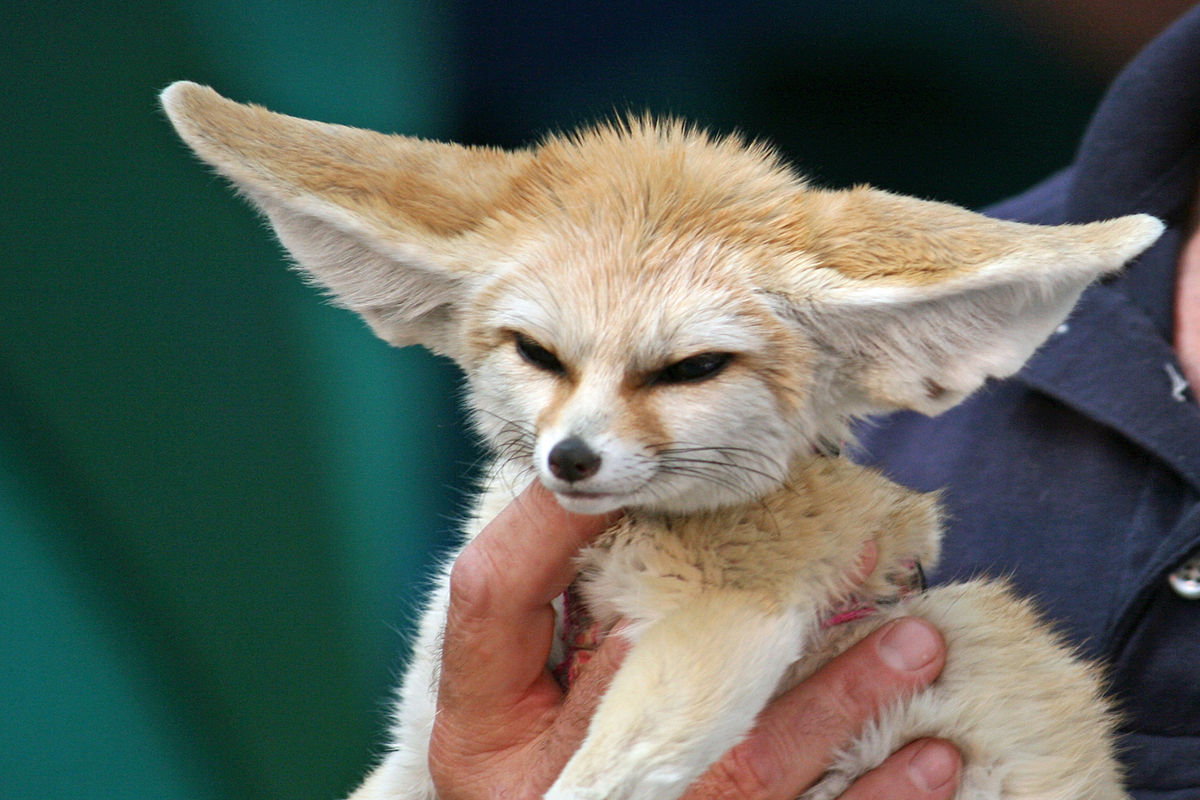
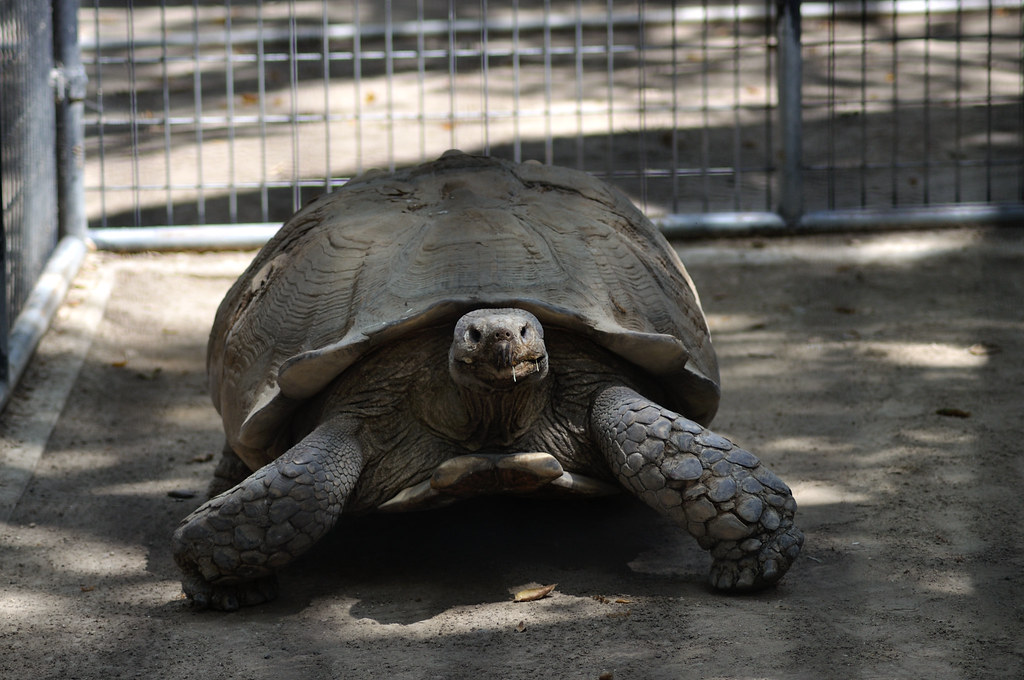
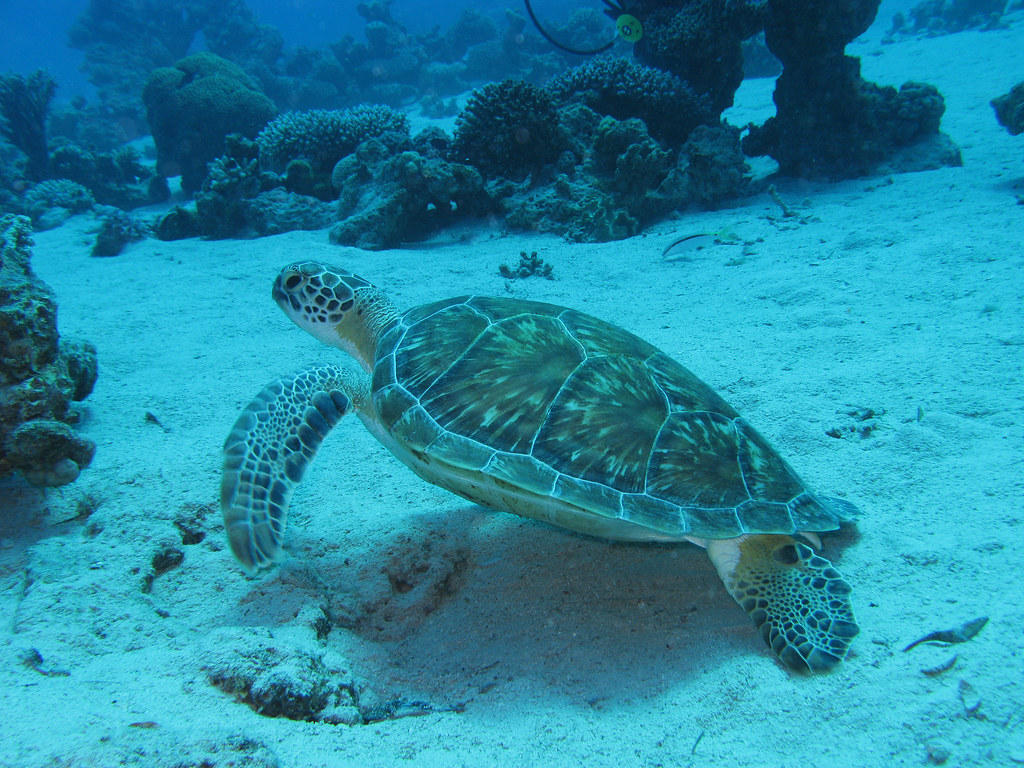
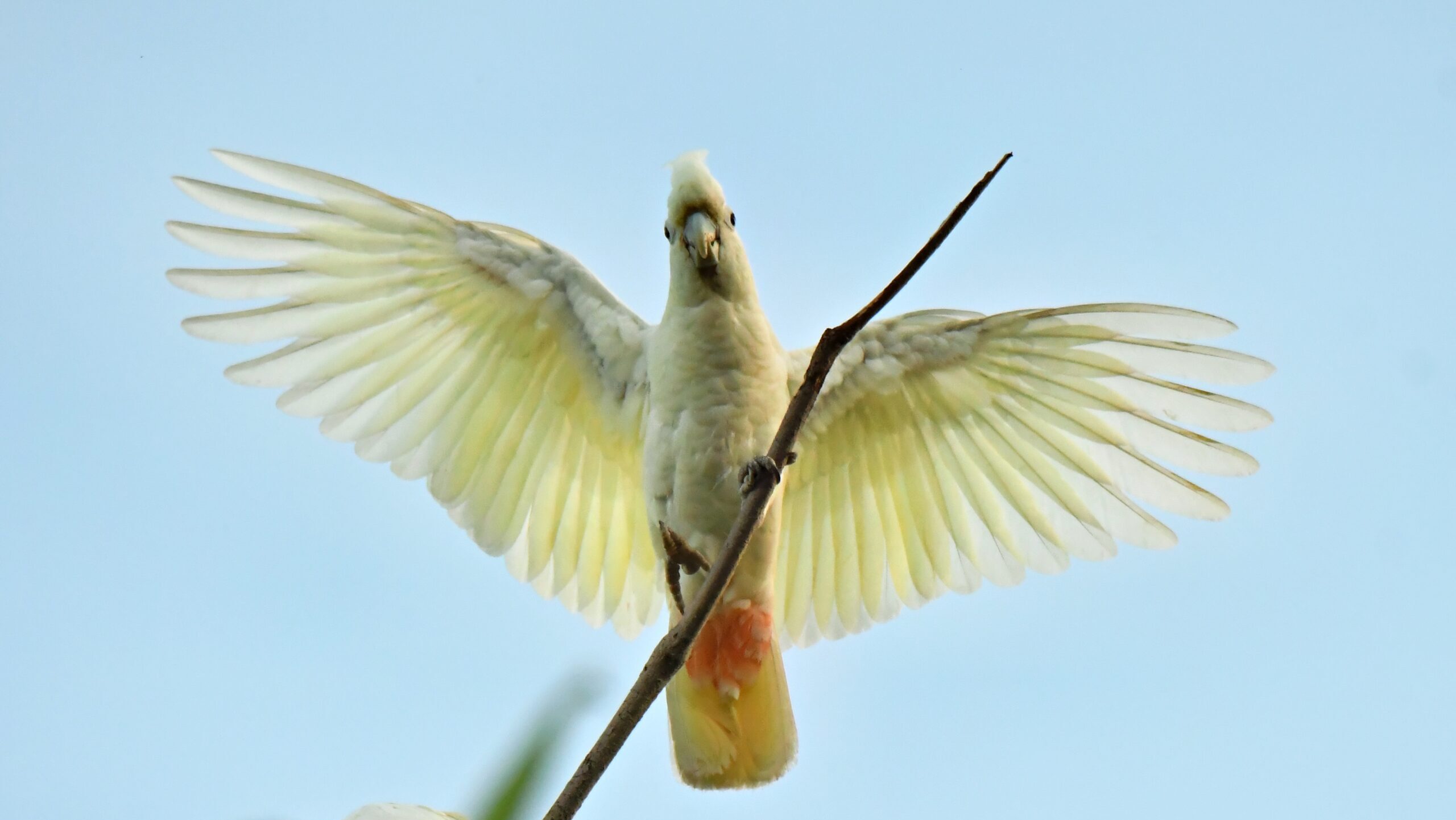

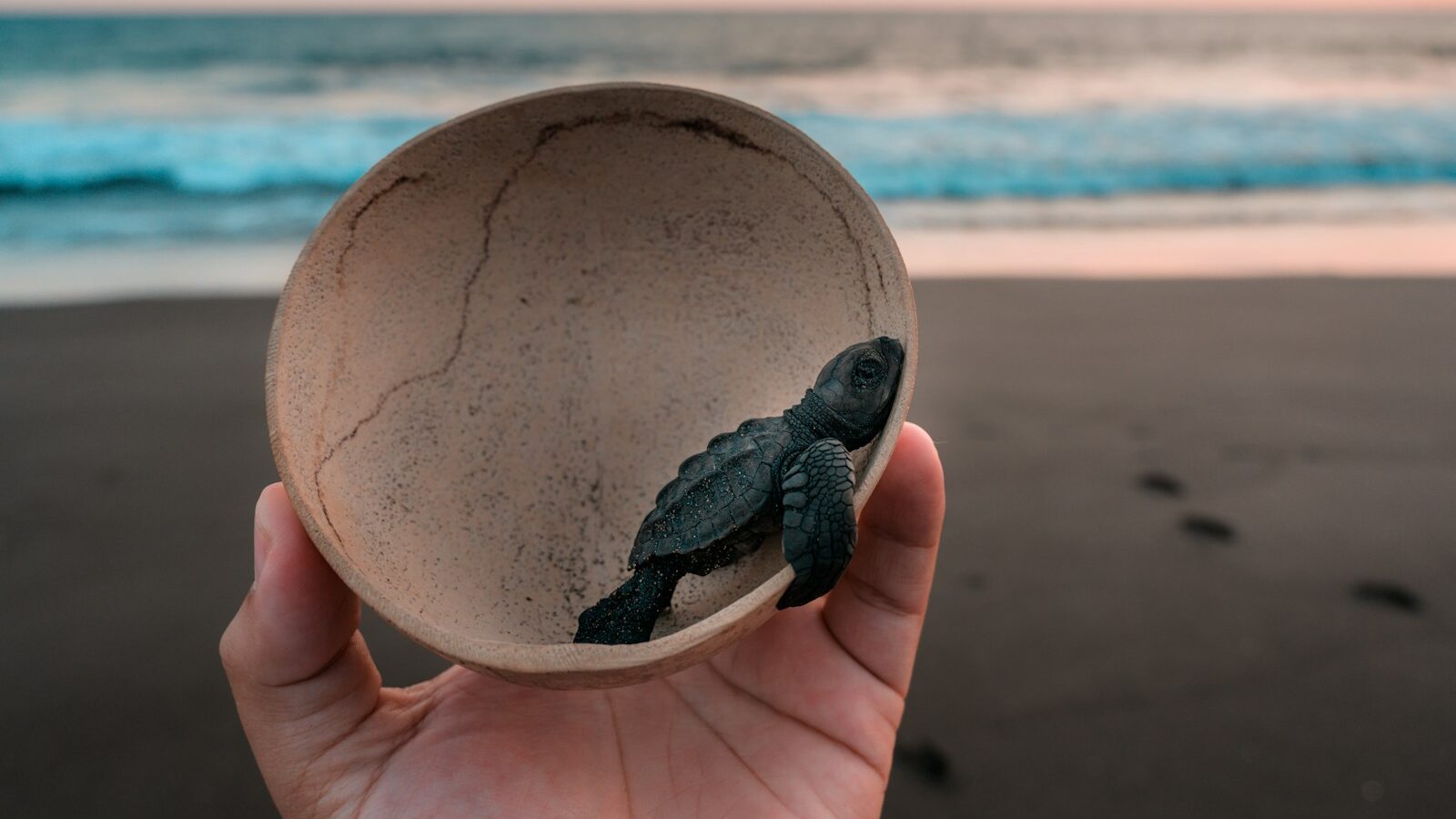
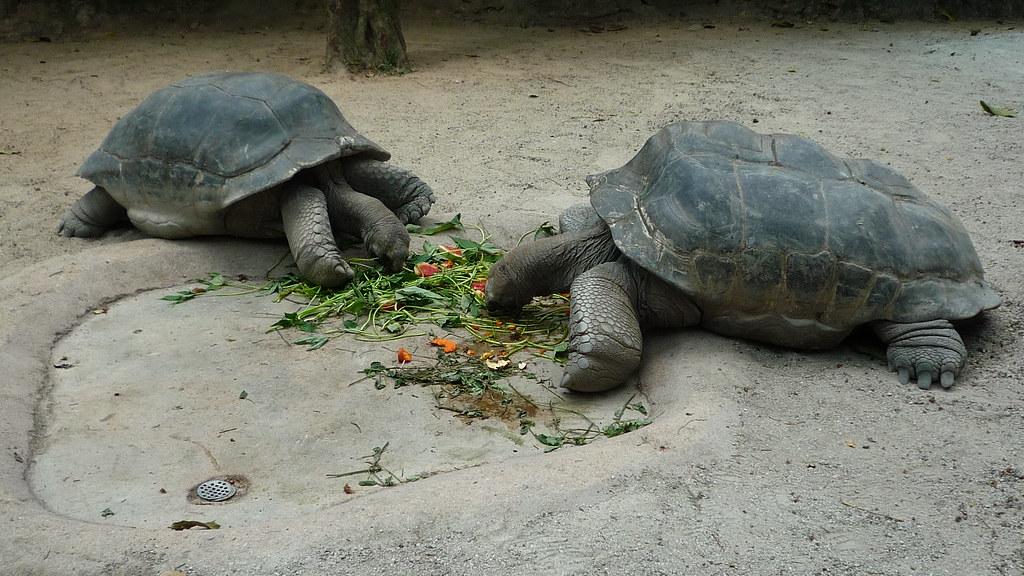




Leave a Reply